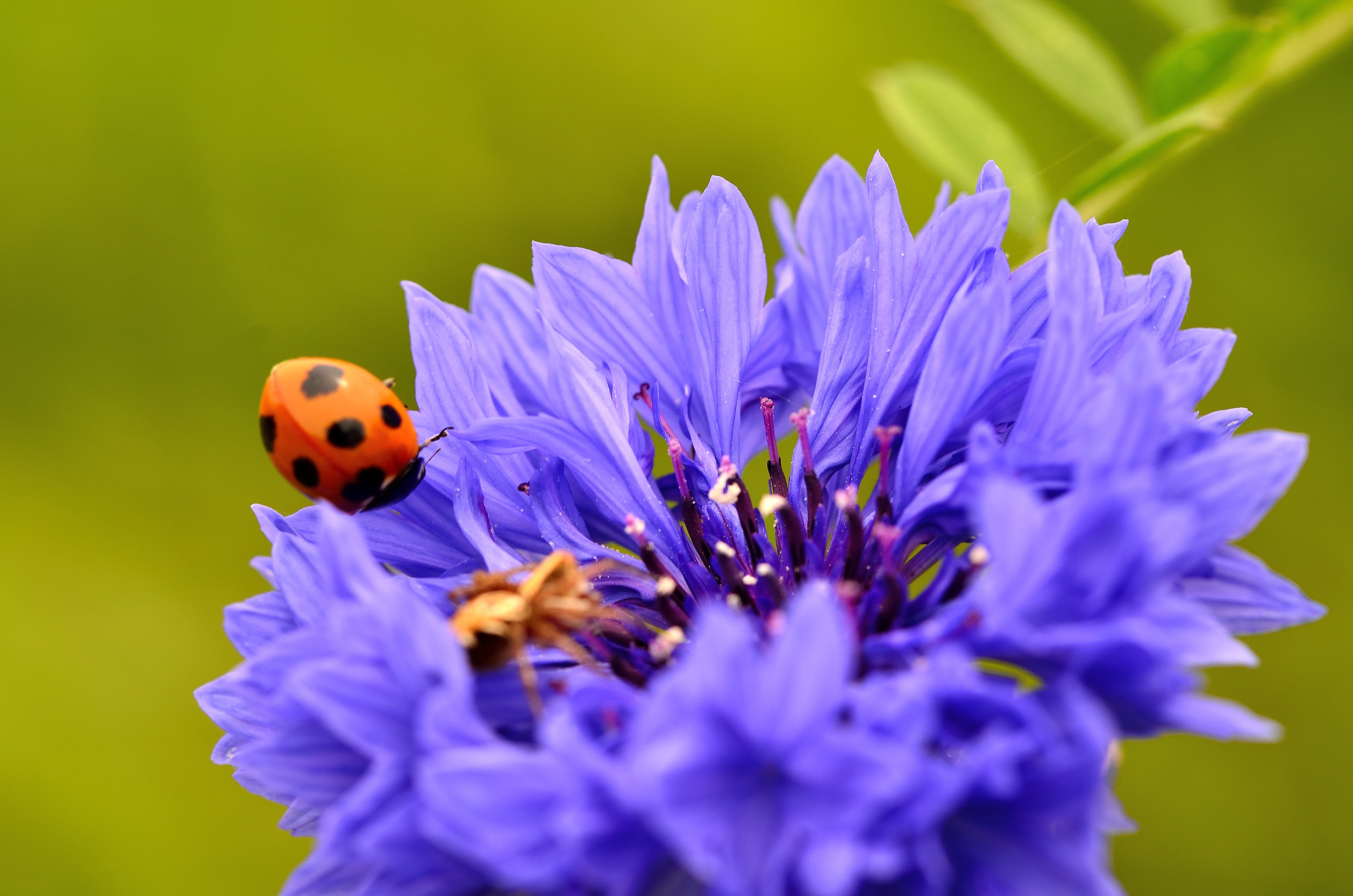Image Credit: maru1122maru/123rf.com
In a world where insect populations are declining at alarming rates, a range of actionable steps can be taken to support these crucial species and the ecosystems they sustain. Research indicates that even in protected areas, insects are struggling, which poses risks not just to their populations but also to birds, bats, and other wildlife that rely on them for survival.
To combat this crisis, individuals can adopt simple yet effective measures, regardless of their living situation. One recommended action is to reduce outdoor lighting. By turning off unnecessary lights, people can significantly decrease light pollution that disrupts insect behavior, reproduction, and feeding habits. Utilizing motion sensors or lower-wattage bulbs can further enhance this effort.
Planting native species is another vital step. Local insects have co-evolved with native plants and depend on them for food and habitat. Native plants are often more resilient and require less maintenance compared to exotic varieties, making them a sustainable choice for gardens.
Composting is encouraged as well, as it creates a hospitable environment for various insects and boosts soil fertility. Those without gardens can participate in community composting initiatives to contribute to this effort.
Additionally, providing fresh water in shallow bowls can help insects stay hydrated, especially in drought conditions. It’s important to ensure that these water sources are safe and accessible, with pebbles added to prevent drowning.
Leaving natural debris, such as fallen leaves and logs, intact can also support insect populations by providing necessary shelter and breeding grounds. Urban dwellers can create small gardens on balconies or windowsills, planting native flowers to attract pollinators.
Responsible use of medications is crucial, as pharmaceuticals can contaminate water systems and adversely affect insect life. Individuals are urged to use pharmacy take-back programs for disposing of unused medications instead of flushing them.
Encouraging biodiversity can also be achieved by reducing lawn maintenance, allowing wildflowers to flourish, and manually weeding rather than using harmful herbicides. Planting keystone species, such as oaks or cherries, can further enhance local ecosystems.
In summary, while the decline of insect populations poses significant environmental challenges, there are numerous practical steps individuals can take to foster a more sustainable coexistence with these essential organisms. By making informed choices, people can contribute to the health of local ecosystems and help mitigate the ongoing insect crisis.
Check out the original article here: Source link



